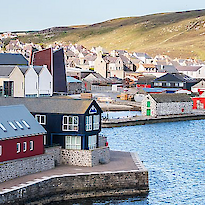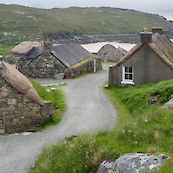Household
Carbon Calculator
The purpose of this calculator is to give you an estimate of your carbon footprint. Our carbon calculator asks you questions about various topics cover your household energy, water and data use, travel, diet consumption patterns. Behind the scenes we calculate your carbon footprint based in the methodology outlined in the methodology below to estimate your personal or household carbon footprint.
In order to tackle climate change each of us have a responsibility to first of all understand our carbon footprint and then to take to reduce it through our own actions and choices as consumers, as well as by putting pressure on governments, businesses and other organisations to take measures to limit carbon emissions.
The calculator should take 5 to 10 minutes to complete.
Start nowThe calculator should take 5 to 10 minutes to complete.




